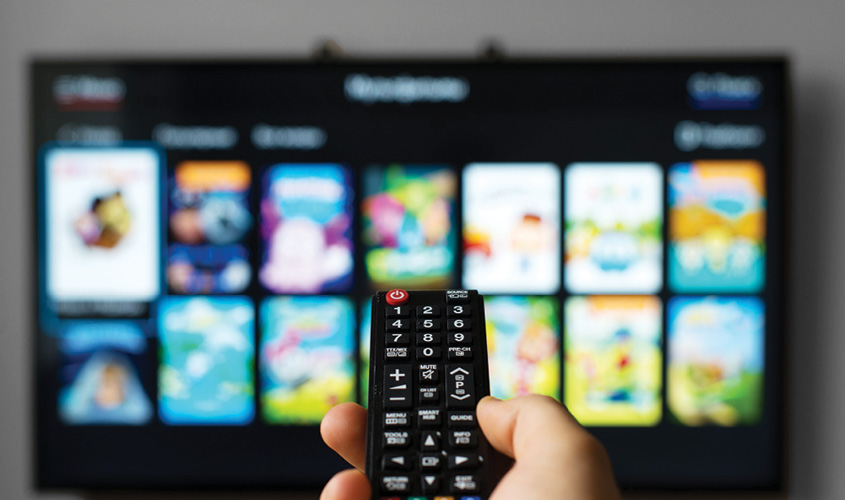Rather than premium streaming services like Amazon Prime Video and Netflix, it’s more interesting to see what legacy networks like Star and Zee are doing. While Netflix and Prime Video are global platforms with a reasonably well-off audience, ad-supported services like Hotstar and Zee5 have the content backing of large networks that have catered to a large cross-section of Indian audiences successfully, and don’t cost a lot.
In the US, TV networks missed that bus when they couldn’t recognize how big platforms like Netflix would become, and consumers flocked to streaming. But in India, networks have had time to catch up and build their own streaming services. Hotstar has had a long time to mature, and it has a lot of content before users even encounter the paywall. With IPL rights, their revenue will only grow. This isn’t the case for global OTT platforms that also serve Ind — Netflix has only around half a million paying subscribers in India (per an IHS Market estimate) and Amazon Prime probably has a bit more than that. But these numbers are still very small—in 2016, India accounted for only around 2% of international subscriber additions.
Traditional cable is still going to rule for a very long time. Unlike the US, where families spend $100 on cable every month on average, TV is ad-supported and therefore cheap. In fact, streaming will probably struggle to beat even radio anytime in the near future. Even with Jio, the cost barrier for traditional TV is much lower.
The digital payments ecosystem is very nascent in India, so even if it comes to paying a very small amount of money for content, there is a barrier. After the ecosystem matures, more Indians will probably be confident about doing more of their spending online. Streaming platforms that strike billing deals with telecom companies should have an advantage here.
The ad-supported business model on which TV has been built means that there is very little room for niche and premium content. With Netflix and Amazon Prime Video, that premium market is maturing somewhat. Even EPIC channel, which probably is the only premium channel to come out of India, has its own streaming service now. But even television producers are co-opting streaming—Balaji Entertainment continues to produce mainstream TV content, but is also spending significantly in its edgier streaming-only content for ALT Balaji. While television content will still be on top, it now makes sense for the same people who make that content to diversify what platforms they’re producing things for.
The author is journalist and media analyst

